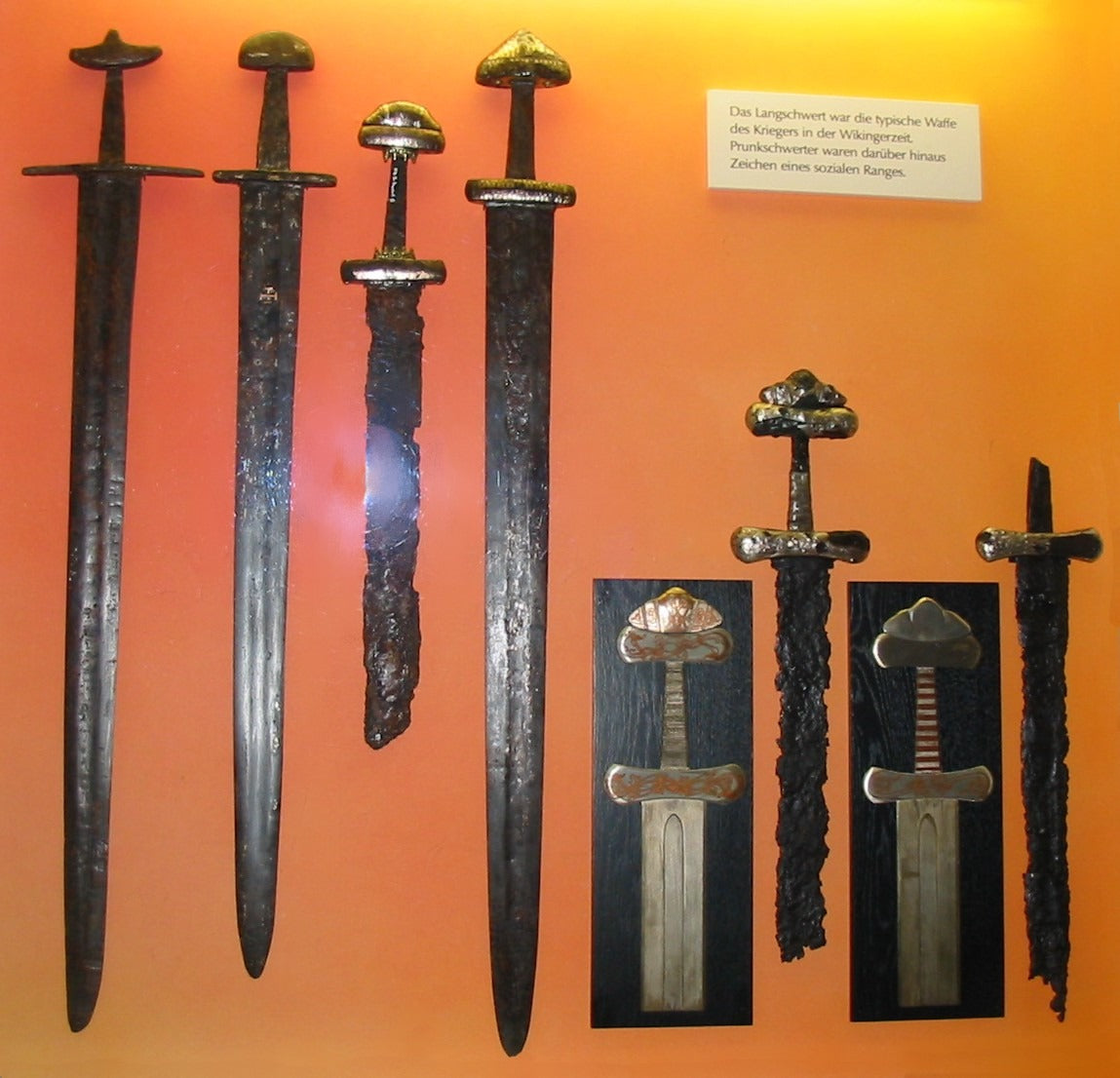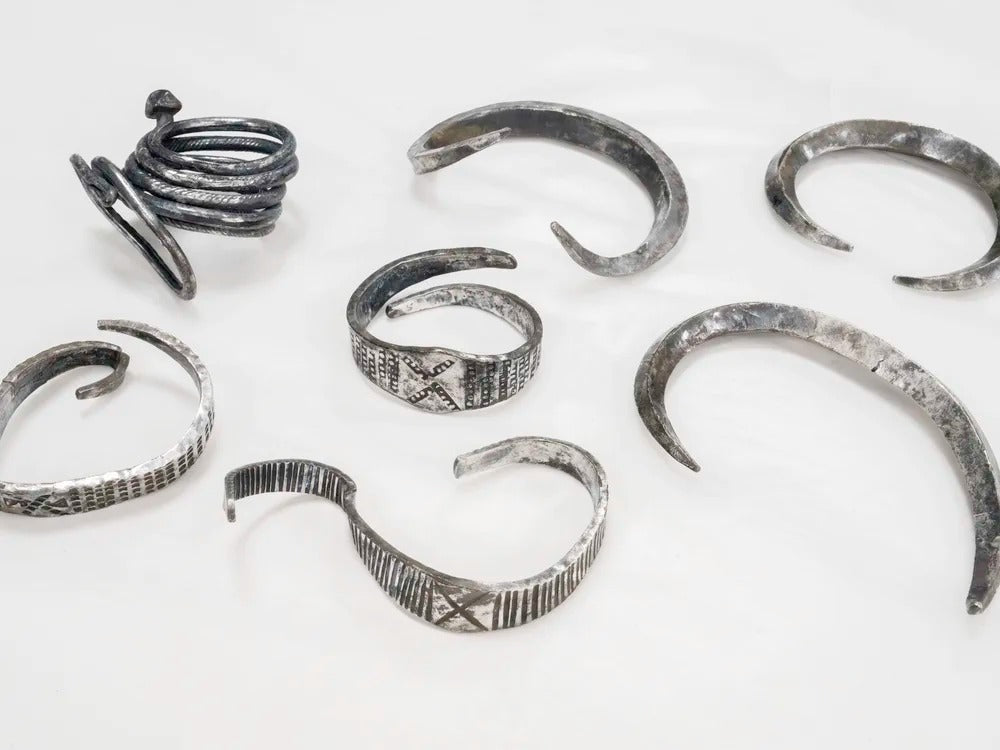
New Research Exposes Higher Violence Levels Among Norwegian Vikings Compared to Danish Counterparts
A groundbreaking study conducted by researchers from the University of Oslo, Norwegian University of Science and Technology (NTNU), and the University of South Florida has unveiled stark differences in the levels of violence between Norwegian and Danish Vikings. This investigation into Viking-age societies provides new insights into how these northern civilizations differed in their approach to violence and societal organization. Published in the Journal of Anthropological Archaeology, the study highlights that Norwegian Vikings exhibited significantly higher levels of violence compared to their Danish counterparts, as evidenced by their skeletal remains and grave goods.
The Findings: A Comparative Analysis

Viking Age sword discovered in Repton, Mercia
Higher Incidence of Violence in Norwegian Skeletons
The study, led by Professor Jan Bill, analyzed Viking skeletons and graves from Norway and Denmark to understand the prevalence of violence. The results were striking: Norwegian skeletons displayed a significantly higher number of cut wounds and injuries compared to Danish ones. Specifically, over a third of Norwegian skeletons exhibited evidence of deadly violence, while only 6% of Danish skeletons showed similar signs.
Professor Bill notes, “Norwegian skeletons display numerous cut wounds. Far more Norwegian skeletons showed signs of cuts and blows compared to Danish ones.” This finding indicates that violence was not only more common in Norway but also more lethal.
Discrepancies in Weaponry and Grave Goods
Another key finding of the study was the substantial difference in the quantity of weapons found in Viking graves. Norwegian graves contained weapons at a rate fifty times higher than those in Denmark. This suggests a more aggressive and combative society in Norway, where weaponry played a crucial role in daily life and warfare.
Societal Differences Between Norwegian and Danish Vikings
The study highlights that the differing levels of violence can be attributed to the distinct societal structures of the two Viking regions. Danish Vikings lived in a more organized society with larger construction projects and well-defined societal roles. This organization extended to their legal and punitive systems, where executions and organized violence were more common.
“In Denmark, there was a greater emphasis on the interests of society,” says Bill. The presence of more organized executions and a focus on societal needs in Denmark contrasts sharply with the more chaotic and violent environment in Norway.
Implications and Broader Context

Understanding Viking Societies
This study provides crucial insights into the nature of Viking societies, revealing that Norwegian Vikings experienced a more violent and turbulent existence compared to their Danish neighbors. The high incidence of weapon-related injuries and the large number of weapons in graves suggest a society where conflict and violence were integral aspects of daily life.
The findings also contribute to our understanding of how societal organization influences violence. While the Danes developed a more structured society with formalized legal systems, the Norwegians remained in a state of more frequent and unregulated violence.
Future Research Directions
The study opens several avenues for further exploration. Future research could investigate the socio-economic factors that contributed to the higher levels of violence in Norway. Additionally, examining the role of external pressures, such as invasions or internal conflicts, could provide a deeper understanding of the causes behind the observed disparities.
Researchers might also explore how these differences in violence impacted the broader Viking Age societies and their interactions with neighboring regions. Comparative studies with other Viking-era regions could further illuminate the varied nature of violence across the Viking world.
Conclusion
The recent study on Viking violence offers a profound look into the lives of the Norwegian and Danish Vikings, highlighting significant differences in their experiences and societal structures. With Norwegian Vikings exhibiting higher levels of violence and weaponry compared to their Danish counterparts, this research underscores the impact of societal organization on the prevalence of violence. As we continue to explore these historical differences, we gain valuable insights into the complexities of Viking societies and their legacy.
For a comprehensive examination of this study, readers are encouraged to consult the full article in the Journal of Anthropological Archaeology (DOI: 10.1016/j.jaa.2024.101605).
"Viking sword" by AstridWestvang is licensed under CC BY-NC-ND 2.0.
"Viking swords" by Own work is licensed under CC BY 2.5.








